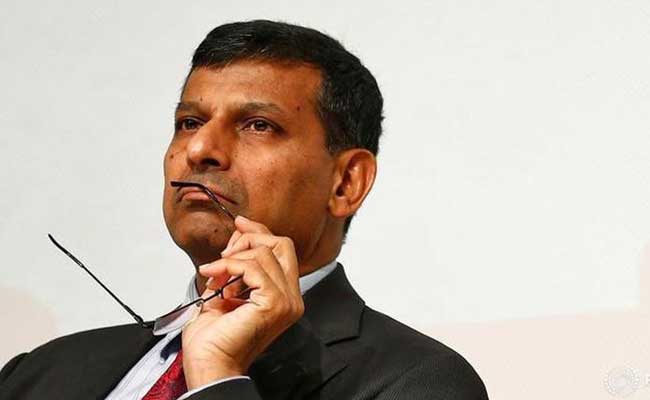“I thought this is bankers coming in again to get one of the sweet deals which will help them. They will go out and raise the money. They will get fantastic bonuses and we will end up paying for it,” Dr Rajan said, after launching his predecessor D Subbarao’s memoir at RBI headquarters here.
Dr Rajan conceded that he thought the idea to be “completely idiotic” as it was akin to giving 3.5 per cent subsidy to bankers and it was “the worst of the ideas on the table” which made him request Subbarao to announce it while departing.
Dr Rajan announced the scheme on the evening of September 4, 2013, the day he took over. The scheme attracted inflow of $30 billion in FCNR-B deposits and changed the course of the rupee which was bleeding following the ‘taper tantrums’. It was considered to be a masterstroke by Dr Rajan.
“Now I get credit for the idea which actually I neither invented nor actually believed in,” he said, adding the dire situation required us to do something, which got done.
Incidentally, in the memoir tiled ‘Who Moved My Interest Rates?’, Mr Subbarao credits Dr Rajan for the idea.
The Governor said on the cost-benefit analysis front, it has worked out very well and the country had made money.
Against the cost of up to Rs 20,000 crore to get the deposits, the country benefited through stabilisation of rupee, which helped reduce imports by up to Rs 1.6 trillion per year through the around-Rs 4 reduction in the value of the rupee.
“It was an important idea, we had to try because we were in a situation when we had to try something to change the narrative,” said Dr Rajan, whose term ends on September 4.
“Now it seems as if it was all very clear. It seems that this was a brilliant idea, that we thought about it, we did it and people forget that at that time, there was a lot of uncertainty about this and whether it should be done,” Dr Rajan said.
The redemption of the three-year deposits raised in 2013 is due from the next month through November, and is an event which the market is watching keenly as there are concerns over drain on the liquidity. By November, $26 billion worth of these deposits would have to be paid back.
Dr Rajan has repeatedly said the central bank will try to ensure it happens smoothly, without hurting financial markets.
Meanwhile, Dr Rajan today said the RBI has in-principle reached an agreement with the Parliamentary Standing Committee on the proposal that the central bank top brass led by the Governor should depose twice a year before the panel.
Initial remarks by the Governor, before the House panel questions him, should be made public as well, he said.
Mr Subbarao supported this, saying it will help strengthen RBI’s autonomy and insulate it from government influence.
“Apart from the fact that it renders some avenue for the RBI to render accountability, I also believe a mechanism like that will protect the RBI from the encroachment or assaults on its autonomy by the political executive,” he said.
[“source-ndtv”]




